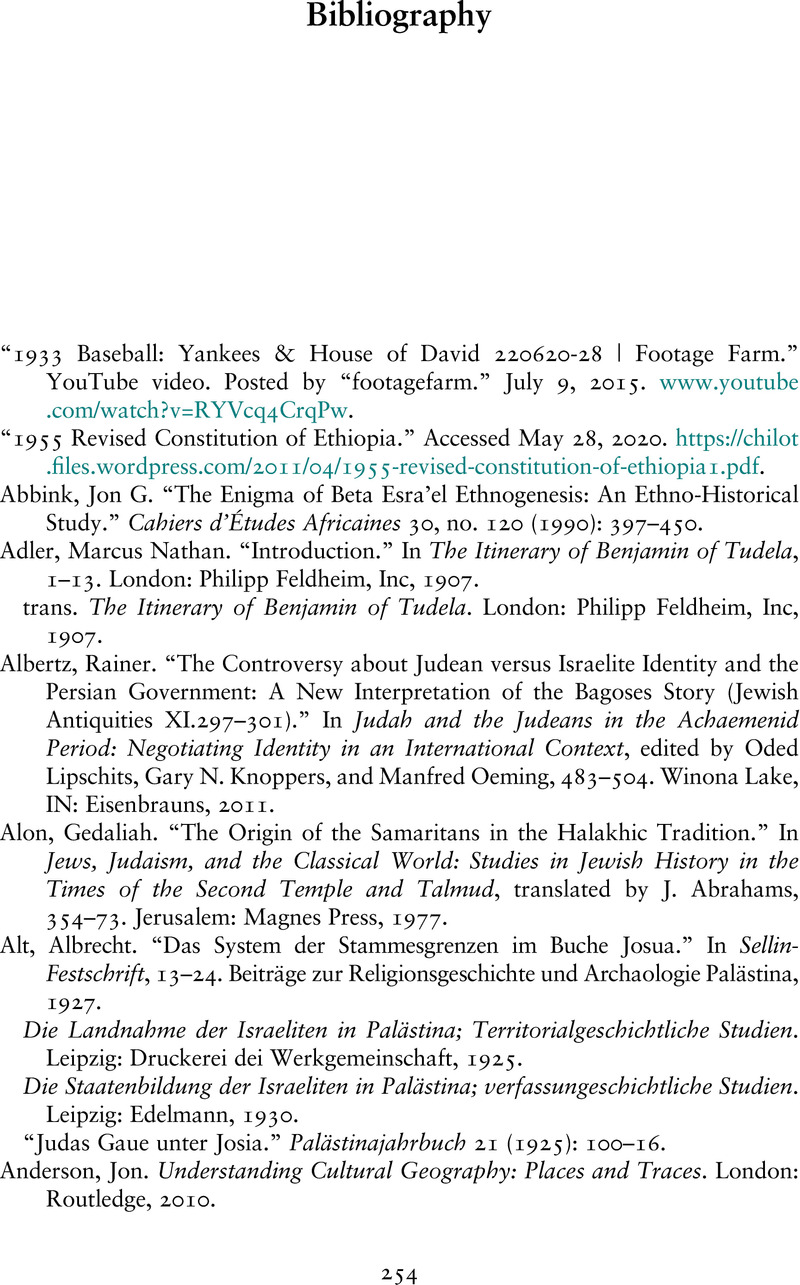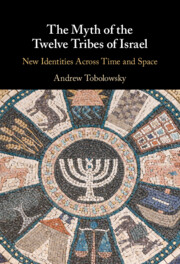Book contents
Bibliography
Published online by Cambridge University Press: 10 March 2022
Summary

- Type
- Chapter
- Information
- The Myth of the Twelve Tribes of IsraelNew Identities Across Time and Space, pp. 254 - 287Publisher: Cambridge University PressPrint publication year: 2022



